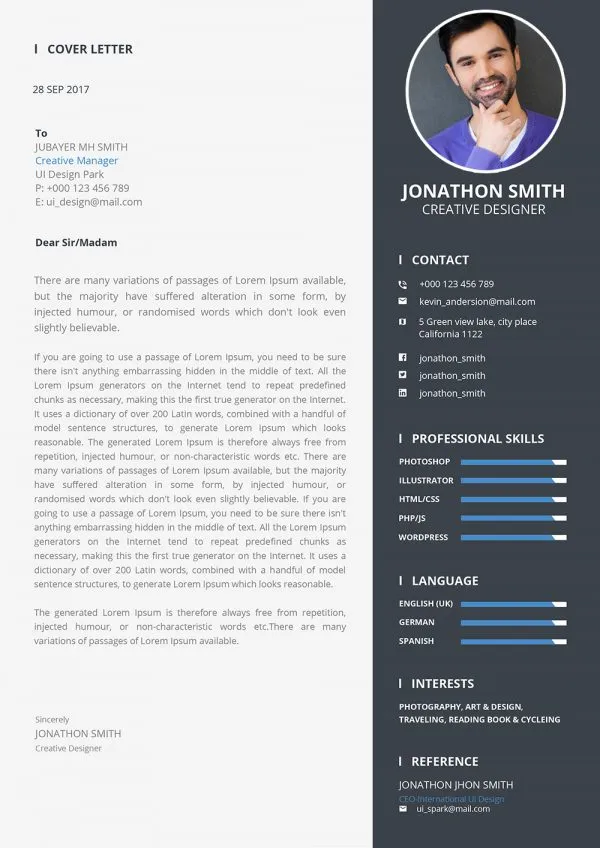Understanding the Resume Cover Letter Format
A well-formatted cover letter is a crucial component of any successful job application. It serves as your first impression, allowing you to introduce yourself and highlight your key qualifications in a way that a resume alone cannot. Understanding the proper format for a cover letter is essential to make sure your application stands out from the competition. This guide will take you through the essential elements, formatting tips, and examples to create a compelling cover letter that gets you noticed. A well-crafted cover letter not only demonstrates your writing skills but also showcases your personality and genuine interest in the position.
The Purpose of a Cover Letter
The primary purpose of a cover letter is to complement your resume by providing a more personalized introduction. It allows you to explain why you’re the ideal candidate for the job, beyond simply listing your skills and experiences. A cover letter gives you the opportunity to demonstrate your enthusiasm for the role and the company, and to make a connection with the hiring manager. It’s your chance to tell a story, showcasing your relevant experiences and how they align with the job requirements. A compelling cover letter can significantly increase your chances of getting an interview, even if your resume isn’t perfect.
Key Components of a Cover Letter
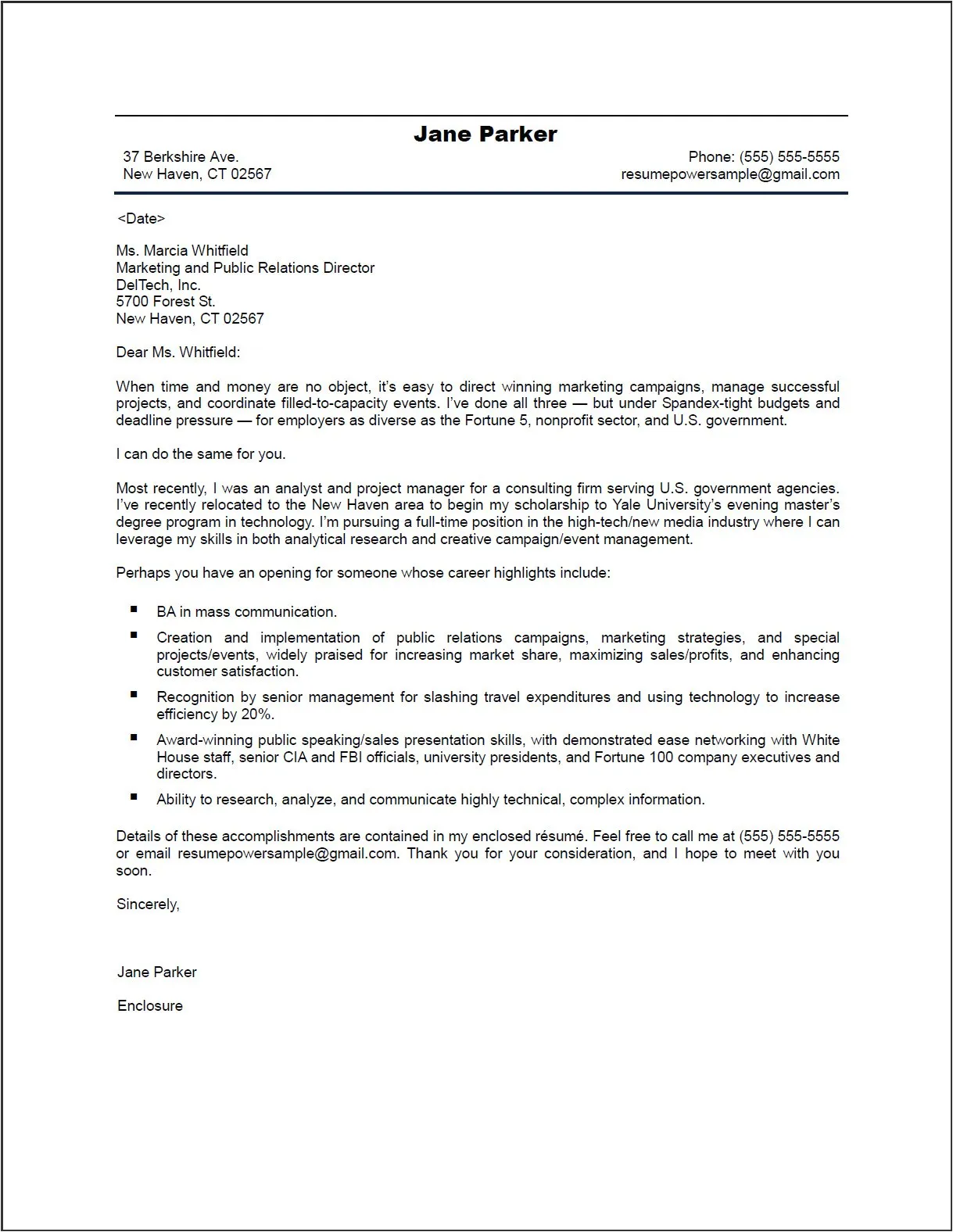
A standard cover letter format includes several key components, each playing a vital role in conveying your message effectively. The structure, when followed correctly, makes it easy for a hiring manager to find the information they’re looking for and also for you to present yourself as the best candidate. Make sure that you take care to follow the guidelines, and if you’re not sure, check a format sample to make sure you get it right.
Contact Information
Begin with your contact information at the top, including your name, address, phone number, and email address. This information allows the hiring manager to easily reach you. Make sure the information is up to date and professional. Always use a professional email address, and double-check that your phone number is accurate.
Date and Salutation
Next, include the date, followed by the hiring manager’s name and title, if known. If you’re unable to find the name, a general salutation like “Dear Hiring Manager” is acceptable. Addressing the letter to a specific person is always preferred, as it shows you’ve taken the time to research the company.
Body Paragraph 1: Introduction and Hook
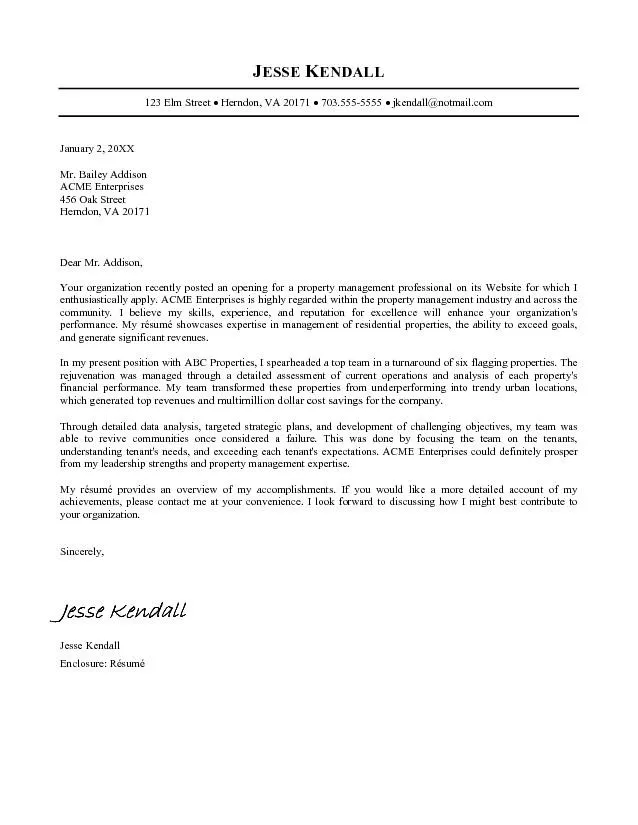
The first paragraph should immediately grab the reader’s attention. State the position you’re applying for and briefly explain how you learned about the opportunity. A strong opening can include a concise summary of your key skills or a statement of your enthusiasm for the role and the company. Show why you are interested in this particular role and company.
Body Paragraph 2: Highlighting Skills and Experience
This paragraph is where you showcase your relevant skills and experiences. Refer to the job description and highlight the qualifications that match the requirements. Provide specific examples of how you’ve demonstrated these skills in previous roles or projects. Quantify your achievements whenever possible, using numbers and data to show your impact.
Body Paragraph 3: Demonstrating Value and Enthusiasm
Here, explain why you’re a good fit for the company’s culture and values. Discuss how your skills and experiences align with the company’s goals and how you can contribute to their success. Express your enthusiasm for the opportunity and demonstrate your understanding of the company’s mission and values.
Body Paragraph 4: Call to Action and Closing

In your closing paragraph, reiterate your interest in the position and thank the hiring manager for their time and consideration. Include a call to action, such as stating that you’re available for an interview and look forward to hearing from them. End with a professional closing, such as “Sincerely” or “Best regards,” followed by your full name.
Formatting and Layout Essentials
The format and layout of your cover letter are just as important as the content. A well-formatted letter is easy to read and reflects your professionalism. Poor formatting can create a negative first impression, so it’s critical to pay attention to these details.
Font Selection and Size
Choose a professional and easy-to-read font, such as Times New Roman, Arial, or Calibri. Stick to a font size of 10-12 points. Ensure the font is consistent throughout the letter to maintain a clean and organized look.
Margins and Spacing
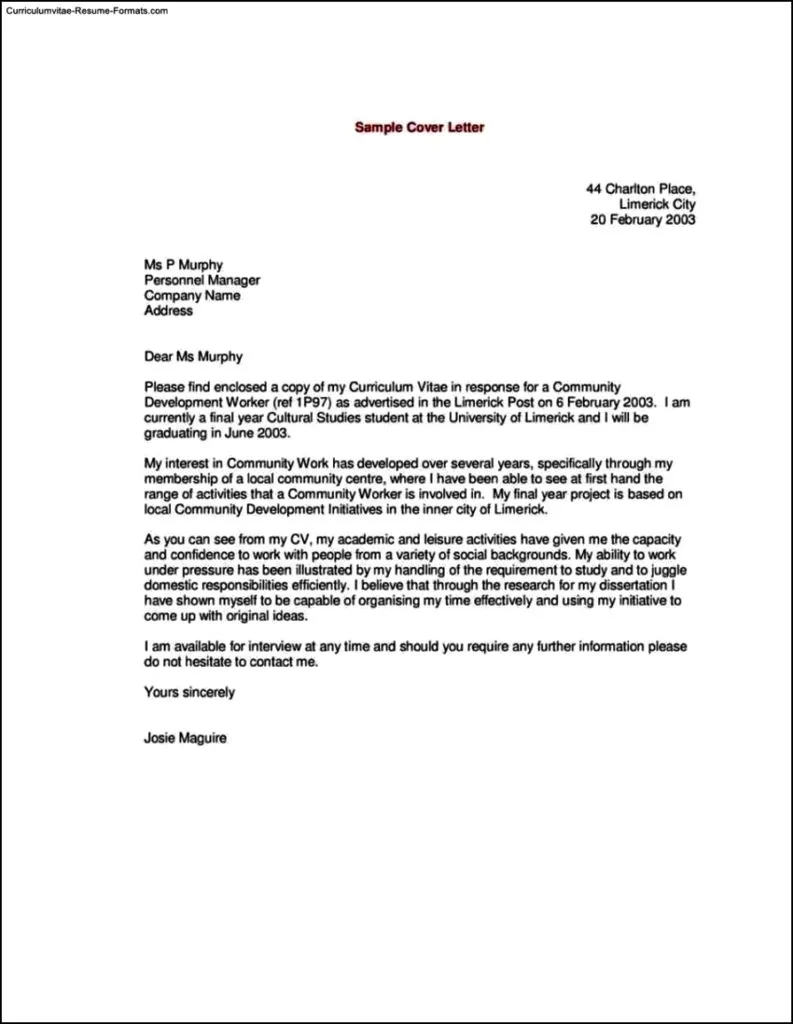
Use standard one-inch margins on all sides of the document. Double-space between paragraphs to improve readability. Single-space within paragraphs, and use a clear, consistent spacing throughout the letter.
Length and Tone
Keep your cover letter concise, ideally no longer than one page. Maintain a professional and enthusiastic tone throughout. Tailor your language to match the company’s culture and the job description.
Resume Cover Letter Format Examples
To illustrate the different ways of structuring your cover letter, here are a few format examples that highlight how to approach cover letters for different career situations. These are intended as guides to help tailor your letter to the specific situation.
Example 1 Recent Graduate
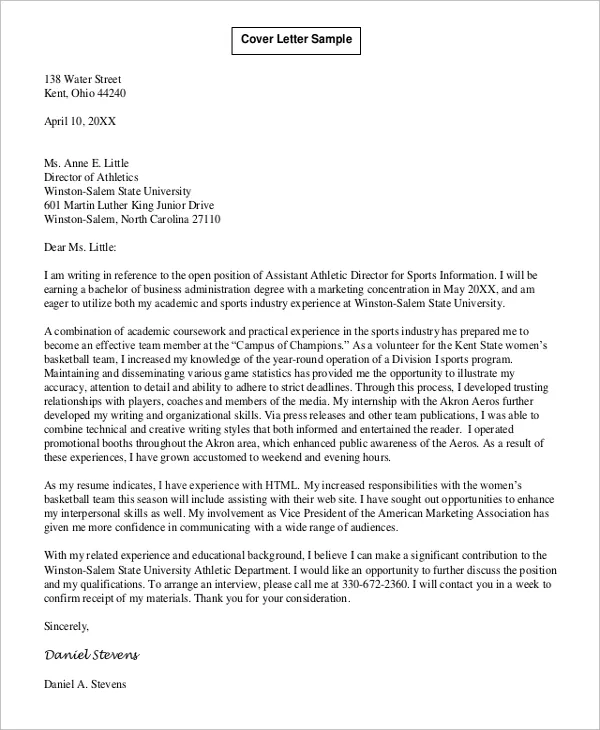
For a recent graduate, the focus should be on academic achievements, internships, and any relevant extracurricular activities. Highlight transferable skills like teamwork, communication, and problem-solving. You’ll want to emphasize how your education and experiences have prepared you for the role, showing a strong desire to learn and contribute.
Example 2 Career Changer
If you are changing careers, focus on transferable skills and experiences from your previous roles. Explain why you’re making the career change and how your skills align with the new role. Demonstrate your enthusiasm for the new field and your willingness to learn. Tailor your letter to emphasize the similarities between your past experience and the new job requirements. This shows that you have some of the same knowledge that would be useful in your new role.
Example 3 Experienced Professional
For experienced professionals, emphasize your accomplishments and quantifiable results. Highlight your achievements and the impact you’ve made in previous roles. Showcase your leadership skills and expertise, and explain how you can bring value to the company. Provide specific examples of your successes and how you’ve contributed to previous companies. Be confident in your experience and the value that you bring to the table.
Common Mistakes to Avoid
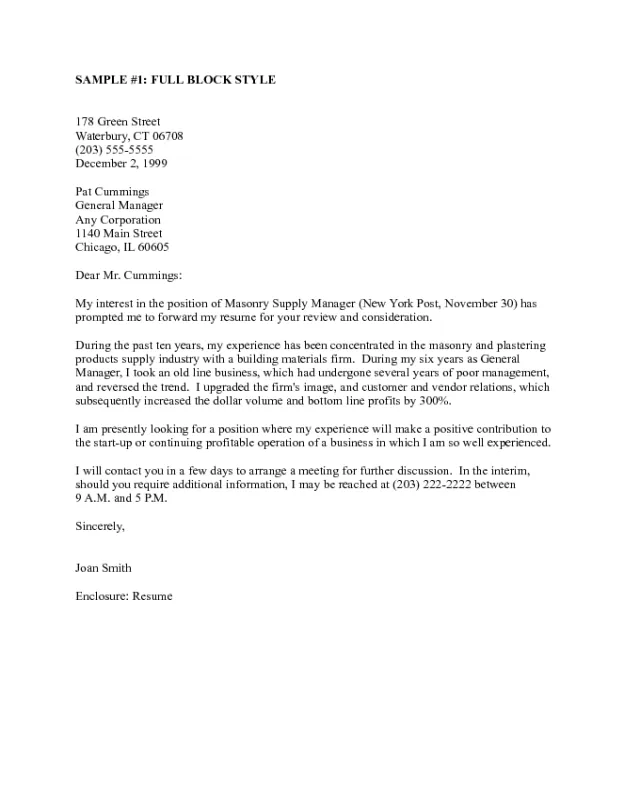
While proper formatting is essential, avoiding common mistakes is just as important. By being aware of these pitfalls, you can ensure your cover letter is polished and professional.
Grammar and Spelling Errors
Carefully proofread your cover letter for any grammar and spelling errors. Errors can damage your credibility and show a lack of attention to detail. Use spell check and grammar check tools, and have someone else review your letter before submitting it.
Generic and Uninspired Content
Avoid using generic phrases and clichés. Tailor your cover letter to each specific job application. Show genuine interest in the role and the company, and avoid sounding like you’re sending the same letter to every employer. Be specific about why you want this particular job.
Ignoring the Job Description
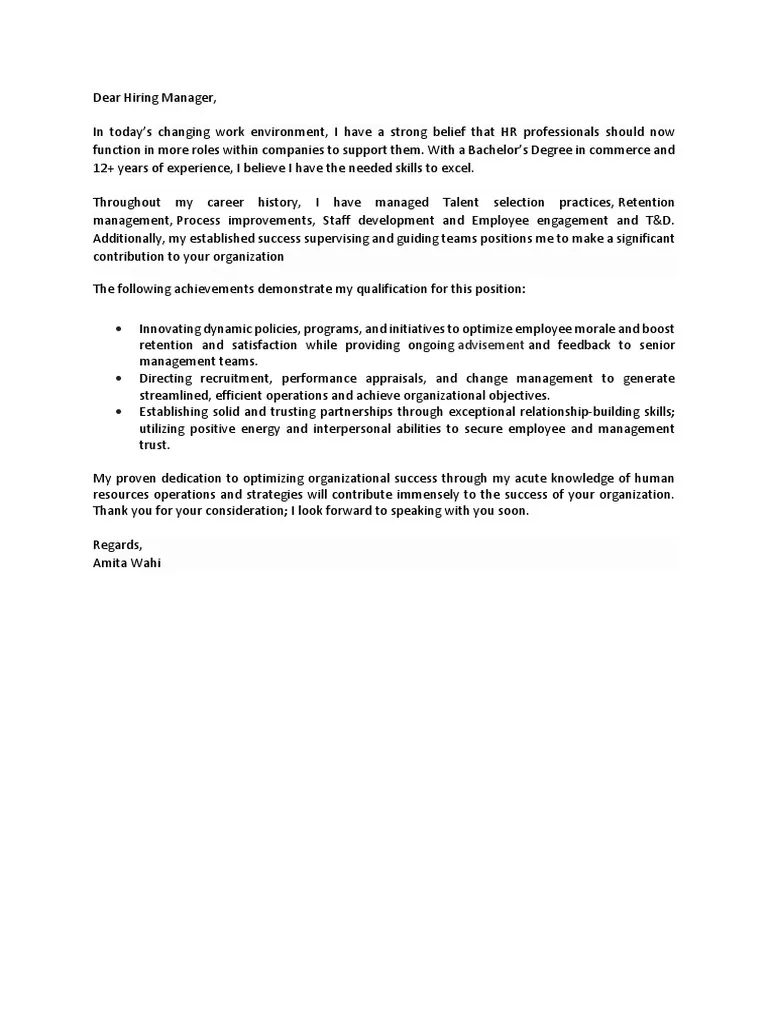
Always refer to the job description and address the specific requirements. Highlight the skills and experiences that the employer is seeking. Failing to address the job requirements directly can make your application seem less relevant. This shows you paid attention and makes it easier for the hiring manager to see why you’re a good fit.
Tips for Customization
Customization is critical for a successful cover letter. Tailoring your letter to each application demonstrates your genuine interest and attention to detail.
Tailoring to Each Job Application
Customize your cover letter for each job by addressing the specific requirements and highlighting the skills and experiences that match the job description. Avoid using a generic template; instead, modify your letter to fit each opportunity. This will significantly increase your chances of success. Always refer to the job description.
Researching the Company
Research the company and demonstrate your understanding of their mission, values, and goals. Mention specific projects or initiatives that align with your interests. Showing that you’ve done your research demonstrates your interest and initiative. The more information you know about the company, the better your chance to present yourself in an appealing way.
Proofreading and Reviewing
Proofread your cover letter carefully for any errors. Ask a friend, family member, or career advisor to review your letter for grammar, spelling, and clarity. A second pair of eyes can catch mistakes that you might miss. Proofreading can often be the difference between getting the job or being passed over.
Finalizing and Submitting Your Cover Letter
Before submitting your cover letter, make sure it’s polished and ready to impress. By following these steps, you can ensure that your cover letter is a strong representation of your qualifications and a powerful tool in your job search. Always review your application to make sure you meet the requirements of the job.
